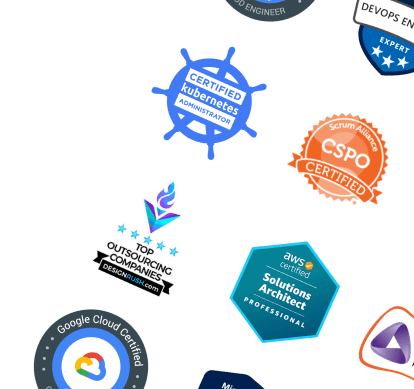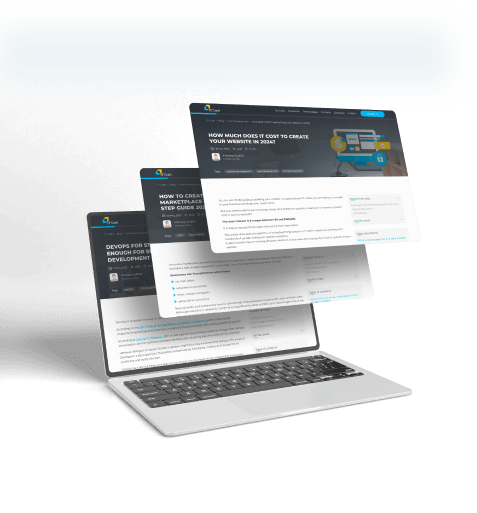There is an increasing demand for custom solutions. According to the GMI report, the custom software development market will grow at 21.5% CAGR from $28.2B in 2022 to $198.6B in 2032. Yet, concerns about custom software development costs remain on every single project: those are rarely predictable.
Pricing can vary highly based specific features, i.e., timeline required to develop, test, and released them. Hence, knowing the average costs of custom software development may give you little insight into your project expenses—that is, unless you ask for help from experts who have done it for years!
Let’s start small with an outline, which you can turn into a bigger picture.
This post briefly describes how the price of custom software development is formed. Below, we discuss average expenditures on specific development activities and factors that make a case for or against an increase.
Keep reading.
1
What Factors Affect Software Development Cost?
Price is a key factor in determining the perceived value of optimizing software. When most businesses consider investing in custom software, the discussion centers on cost calculation.
The thing is that the question “How much does custom software development cost?” has no clear-cut answer. Pricing can vary wildly depending on the complexity of specific features, i.e., the timeline required to develop, test, and release them.
Nuances must be factored in. The most significant include:
Scope and Size of Software
A feature-rich list takes longer and generally requires more people to develop quality source code. Also, increased complexity has a knock-on effect right across the rest of the development and delivery schedule, resulting in the total price above the average cost of software development.
Greater complexity tends to demand more effort—a more structured approach to UX, more collaborative development processes, more rigorous testing, etc.
“Complexity” and “size” apply to both the front end and back end of an app. When software collects, operates, and exchanges copious amounts of heterogeneous data, the back end must be complex, i.e., require a substantial scope of work.
Consider this: generally, apps that involve many different screens tend to be more expensive than those with fewer screens. However, a small app with complex logic and nuanced behaviors might take more development time and cost more than an app with many screens but a more basic back end.
How much does custom software development cost?
You do not need to figure out an answer on your out. Show your requirements to our development experts. We can help you prepare a solid estimate.
Contact Us
Compatibility with Existing Systems and Third-Party Integration
When a client company has an infrastructure and software solutions they use daily, newly developed apps need to play well with the older hardware and software architectures. Development teams might have to devote a lot of time ensuring seamless integration.
The same goes for third-party services. Some third-party systems are easy to integrate and work with. Others can be far more challenging and more time-consuming. In cases when new apps do work with existing user data, migration and storage compatibility must be non-issues.
Integration and compatibility add significantly to the delivery timeline and costs.
Delivery Timelines and Development Styles
In any transaction, custom software development cost is tightly tied to speed of delivery. If you need something fast, it tends to be more expensive. Also, when something demands a lot of time, it is always pricier than something quick and simple. But “simple” sometimes isn’t.
It can be a tricky area. Some details might not be apparent at the very beginning of a project. Things become clear as the project progresses. Developers figure out where smoother sections and potential sticking points could be. The latter requires more time and effort to figure out a solution path. Be prepared to allocate a budget for unforeseen challenges.
To handle their budgets, some clients want to know everything in advance. They might prefer a so-called “Waterfall” approach. When using this method, planning, scheduling, and budgeting are determined upfront. All flow sequentially.
The Waterfall approach works well with fixed-priced projects that have a clearly defined scope. Yet, businesses must invest more in the discovery phase and expect an extended delivery time to clarify all project details and specifics.
The Agile approach leaves more room for adjustment and troubleshooting. Using this approach, a development team segments a project into smaller parts. The team develops these project parts within Sprints, so the product owner can see some immediate results of the work and test functionality.
The team can also change requirements if requested by the business owner. The result is much smoother. Overall, the value delivery is better. The timeline is shorter. Yet, precise estimates are possible only per each Sprint. Overall project costs might vary from the average costs of building an app.
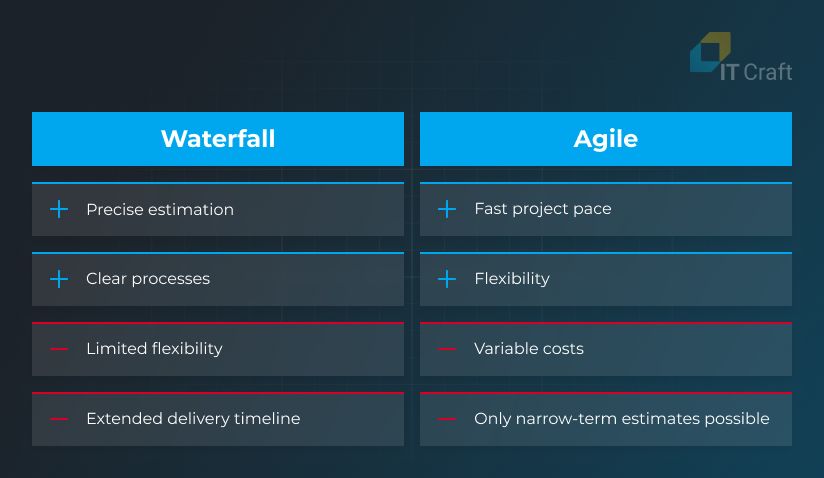
Custom Software Development Cost Estimation: Further Factors to Consider
Any custom project brings challenges, irrespective of its size. This often applies to quick and simple projects. It remains critical for something far more customized, ambitious, and complex.
What further factors determine challenges in scope, integration, and delivery timelines?
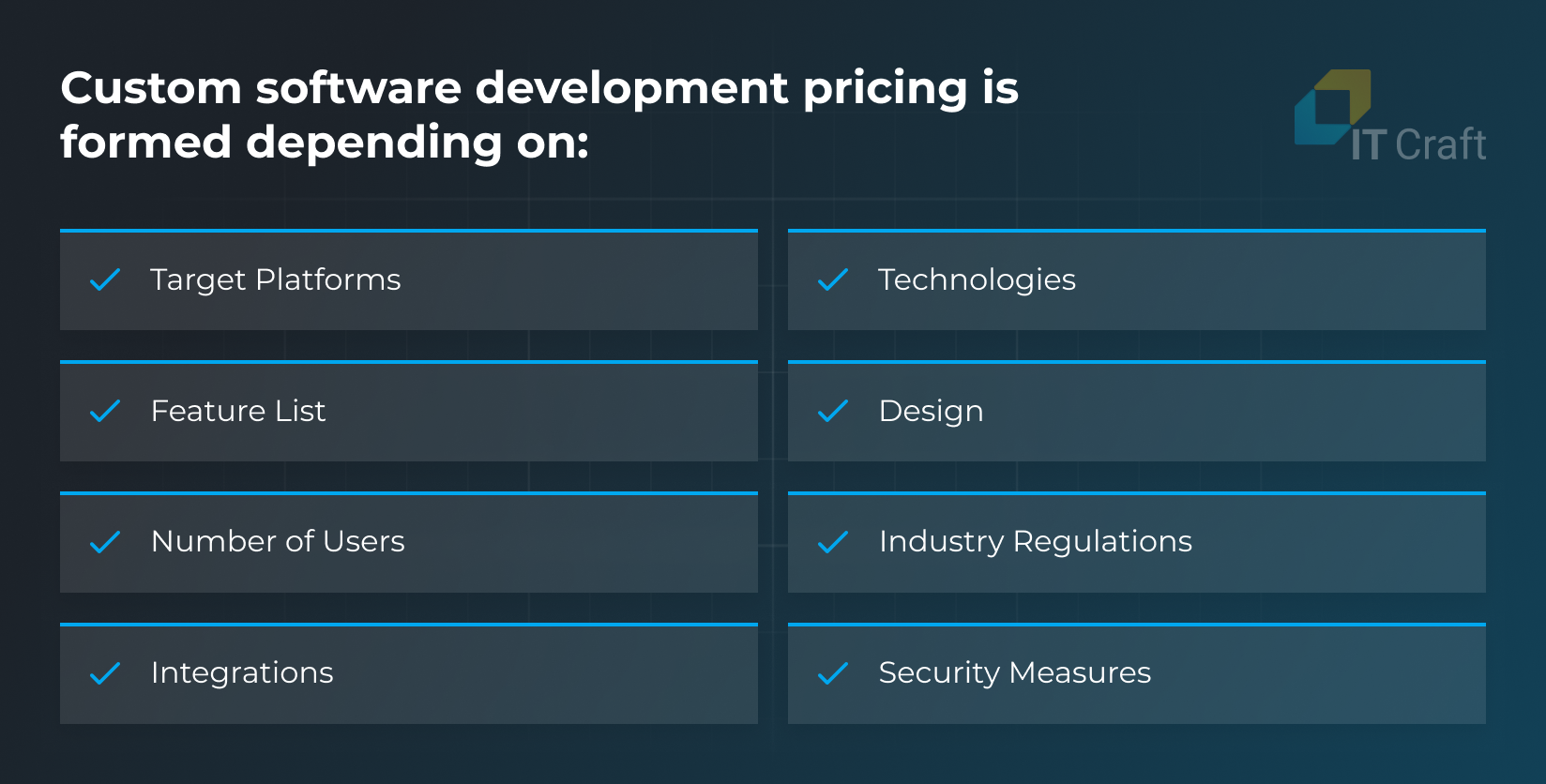
It can be iOS, Android, Web, or all of them. Hence, an iOS and Android app or a Web solution containing identical functionality will not cost the same. How much does software development cost for mobile platforms? A native iOS app is the most expensive. An Android app is slightly cheaper, while Web apps are the least expensive. Also, publishing pricing differs for App Store and Google Play ($99/yr. vs. $25/one time).
Complexity depends on specific challenges of the chosen programming language(s) or technologies. Some technologies save resources, e.g., cross-platform development. Yet, it saves only about 60%, not 100%, when compared to two separate deliveries, one for iOS and another for Android. App source code still needs adjustment to each platform.
Every app grows in size with time. New functionality adds workload to all project activities. For instance, new features should not conflict with existing functionality. Businesses need to invest in automated regression testing when it is not a part of the initial scope.
Design is key to user retention. But an attractive, user-friendly design requires several iterations, preferably based on user interviews and feedback from focus groups. Improvement expenses are lower at project start and skyrocket as software evolves.
Scope depends on the number of future users and expected growth rate. An app requires a robust back end when the number of users grows exponentially. The preparation of a scalable app might increase the scope.
Apps for certain industries (e.g., life sciences, financing, automotive) are significantly more expensive than average software. Developers must use existing standards for their ongoing processes. They also must revise procedures. Both increase the scope.
Developers will need to design integration tools when other businesses want to harmonize their software systems with new software. For instance, companies will need an API to decrease maintenance expenditures and improve instant data exchange.
Security measures for safe data exchange and processing are critical in any project. Extra enhancements apply when businesses manage sensitive user information. It adds complexity, i.e., increases the development price.
Calculating Custom Software Development Cost
But what about “tangible” numbers? Is it possible to predict custom software development price to some extent?
No. And yes.
No. Any informed and reasonable answers are possible upon the discovery phase—risks of scope creep caused by the “custom” part are too high.
Yes. It is still possible to estimate costs based on collected benchmarks.
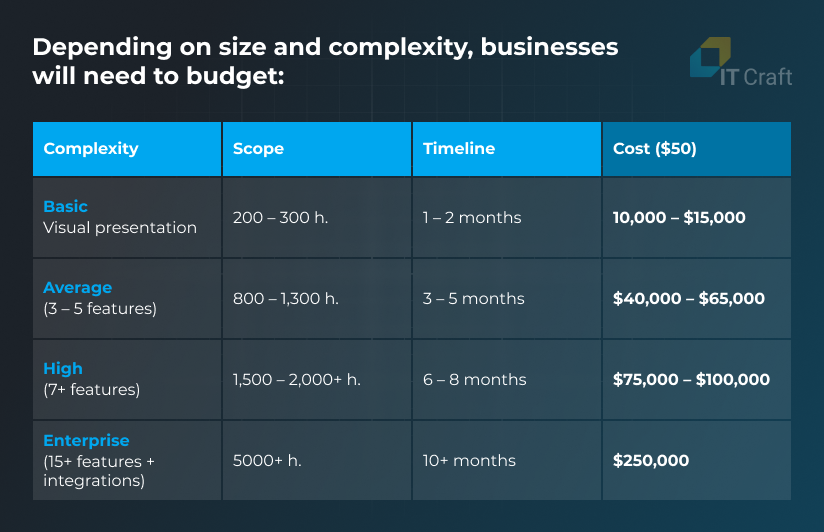
Basic software includes one or two simple features and a basic design. Users can do simple actions. Usually, basic apps do not store or process data.
Simple software has the best chance of a precise estimate.
- Average-Complexity Software
Average-complexity software has three to five features, which can be quite complex. The design can be customized. Integrations with third-party systems are possible, e.g., with payment systems.
A thorough analysis of requirements is needed to fit in with an estimate.
Complex software provides a rich, complex feature list. Software users enjoy bespoke design and experience. Various integrations and complex algorithms are implemented.
Precise estimation is possible only upon a comprehensive project analysis.
- Enterprise-Level Software
Three things make enterprise-level software development a highly complex activity:
- tight integration and instant data exchange with internally used (often legacy) systems
- custom logic that must be precisely adjusted to business processes
- zero downtime policy
Design can be basic, but data processing is sophisticated. Security must be enhanced.
Enterprise-level software has the least chance of precise estimation. This is when the discovery stage is a crucial part of the process.
How much does it cost to develop software for a specific industry? Let’s check the essential feature list and scope based on several app examples:
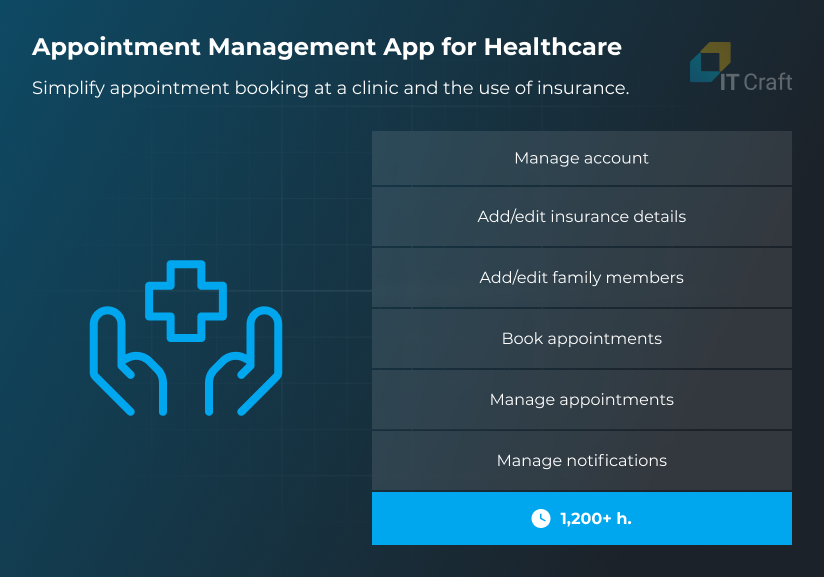
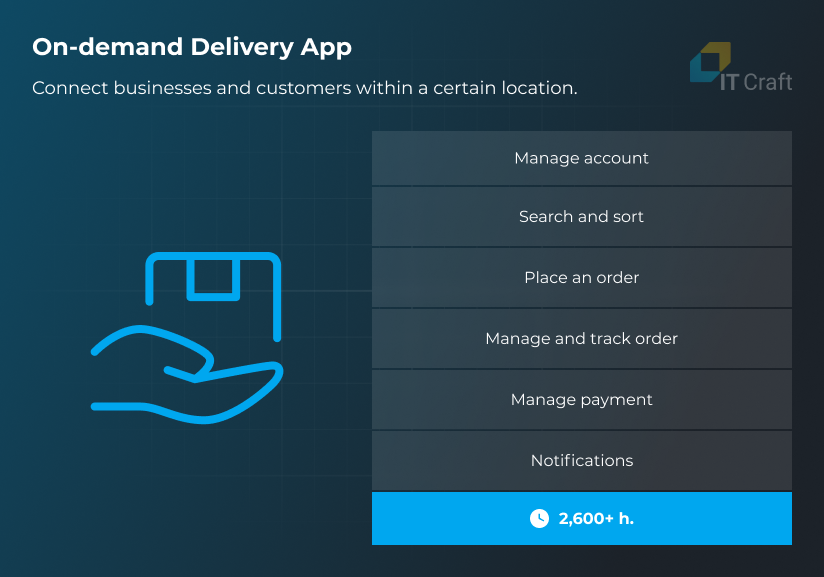
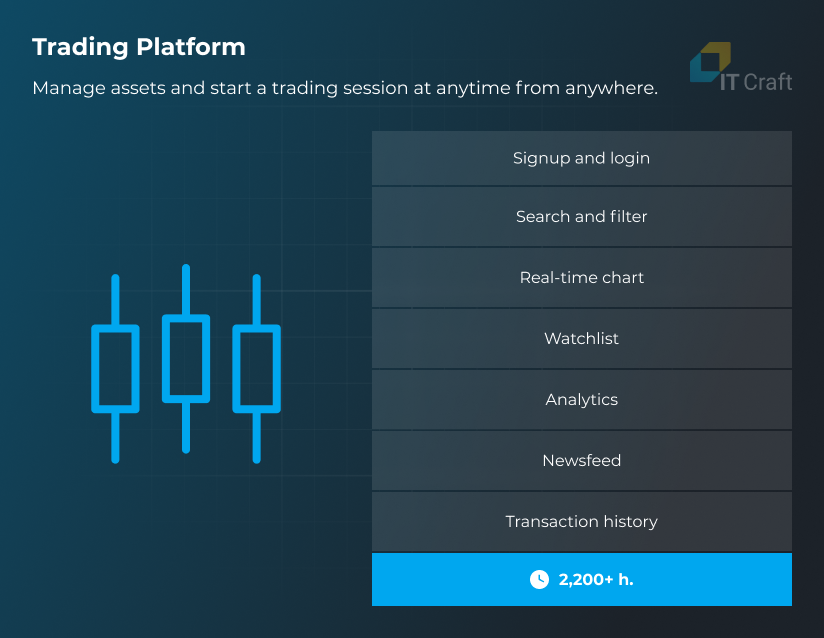
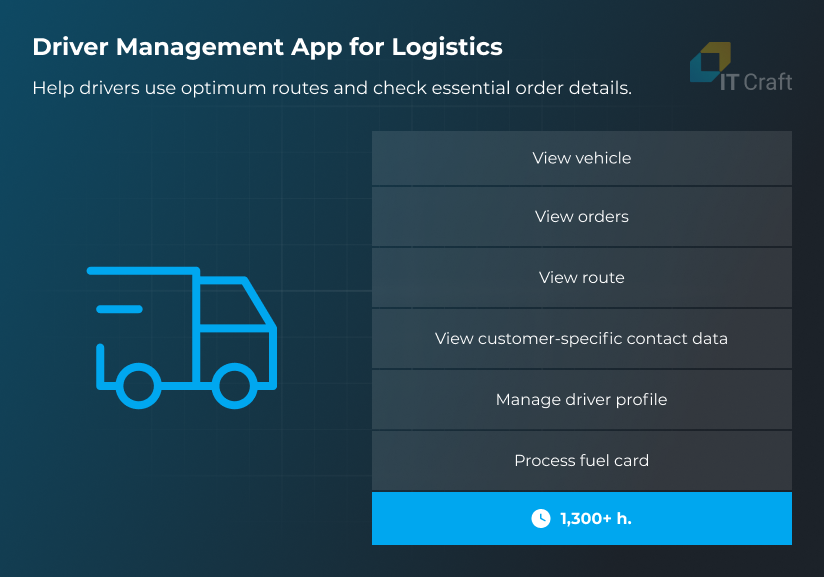
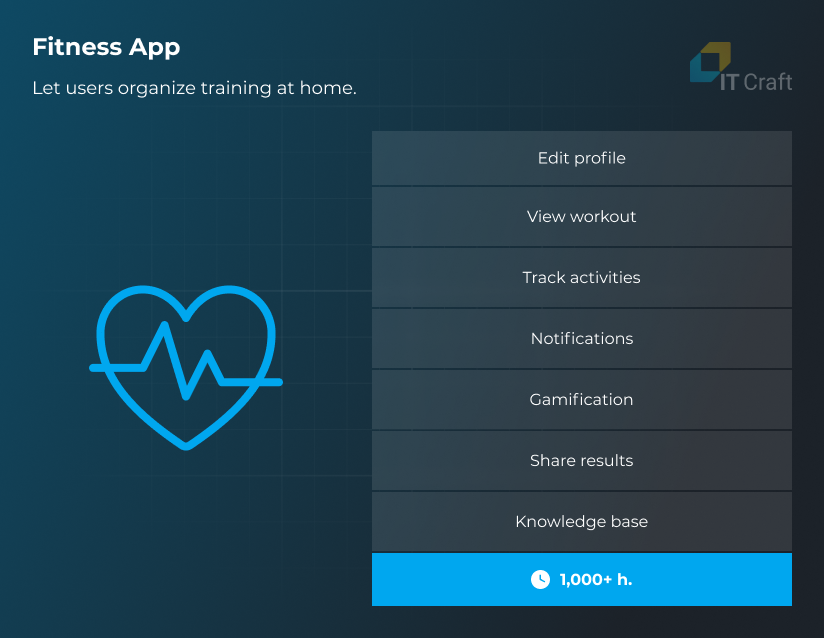
2
Will Average Costs of Software Development Apply to My Project?
Sometimes, there is not much value in giving a vague estimate for “average” software development costs. Why?
In practice, costs of custom features can fluctuate from those of “average” features.
Hence, before any comparison starts, it is important to understand whether your project falls into the “average” category. Some of your main expenses might occur in the “custom” category.
Ask yourself the following six questions when planning a software development project:
- Do I have a well-defined feature list? Do I need help figuring it out?
- Are there any regulations in my industry to which I must adhere?
- Do I need to store and process sensitive data?
- How many users will use my software? Will its number grow rapidly?
- Do I plan to expand my feature list soon?
- Do I want to outsource software development, nothing more? Or do I need infrastructure maintenance, too?
Write down your answers. If most of your answers are ‘no’, average cost of building an app may apply. But if you say ‘yes’ to many, you will need a complex app and a budget in range. Some of the costs will be immediately obvious. Some costs become evident after a thorough study.
Discussing your answers with the development team and putting them into perspective as soon as possible is important. The team determines a path to the envisioned solution within the given constraints, e.g., provides an estimate on costs of startup development that balances the scope of work and a limited budget.
Still, an answer to the question “How much does custom software development cost?” is possible.
How?
Begin with a discovery stage. IT Craft studies your project, clarifies all project risks, and makes fixed-price software development possible.
Start project discovery to turn your idea into an actionable plan
Get a fixed-price project estimate.
Contact Us
3
How Much Does Custom Software Cost After Launch?
Maintenance expenses are another big question that you must answer alongside the question, “How much does it cost to develop software?”
Here is why: costs continue after launch if you plan to use the new software.
Long-term expenses include maintenance. Software maintenance costs are usually based on the initial development budget, ranging from 15 – 20% of custom software development costs per year.
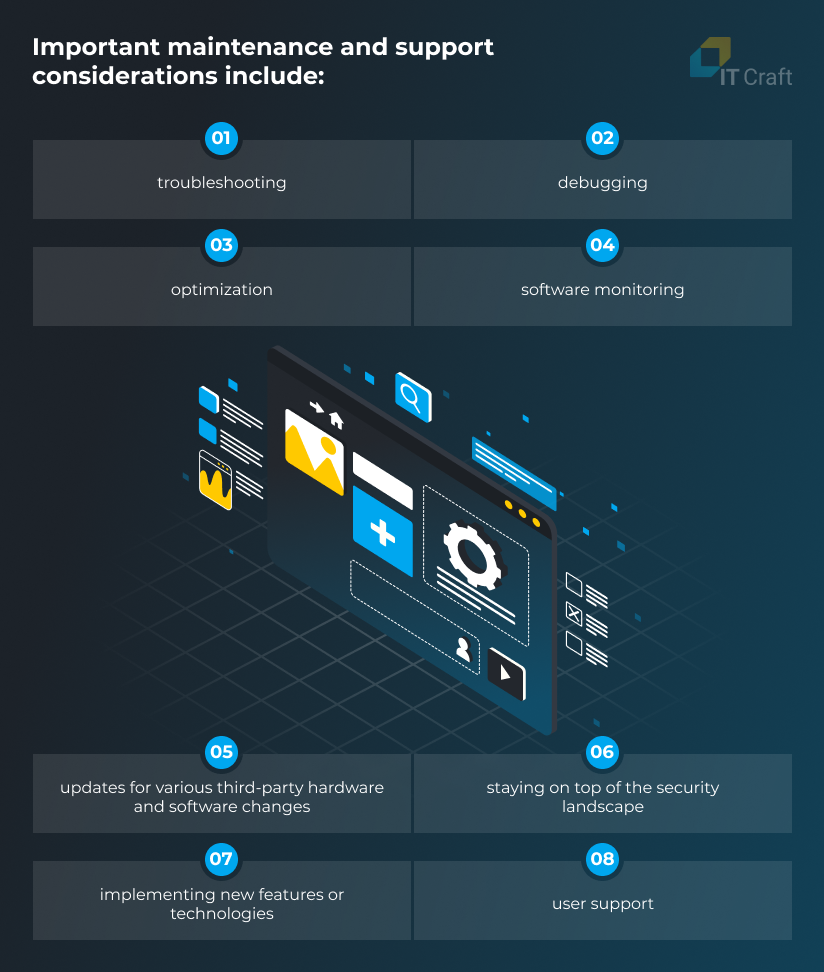
Software maintenance is a continuing activity. The maintenance team must ensure the software is available 24/7 so end users can enjoy uninterrupted operations. User data is secure. The infrastructure perimeter is protected from breaches and unauthorized access.
Also, when an integrated third-party service shuts down, the maintenance team must ensure seamless migration to a new provider. When a technology (e.g., a framework or programming language version) gets outdated, the team must update it to the latest version.
Otherwise, custom software loses its competitive edge and becomes vulnerable. The risks of various losses become high.
Maintenance activities can demand a surprising amount of time and energy, increasing the total cost of ownership (TCO). Considering the TCO impact when considering custom software development costs and budgeting is always wise.
Should a company hire the same outsourcing team or an in-house developer? The answer depends on the scope of maintenance work.
One thing is for certain: the company must be prepared to do maintenance. It must formulate a software maintenance strategy based on calculated future custom software development and maintenance costs.
The strategy must be in place before the guarantee period ends. Software maintenance is a regular activity.
!
Final Thoughts
The key to profitable software development is knowing exactly what you want and having a defined budget in range for it. There will likely need some adjustments and compromises on both counts, but it is a good place to start the conversation on custom software development pricing.
Of course, if you do need a clear plan, the development team can help you out. A skilled development team will be able to put your ideas to the best possible use within your allocated budget.
You need to consider and discuss a wide range of factors that directly affect custom software development costs with the development team. These factors include but are not limited to:
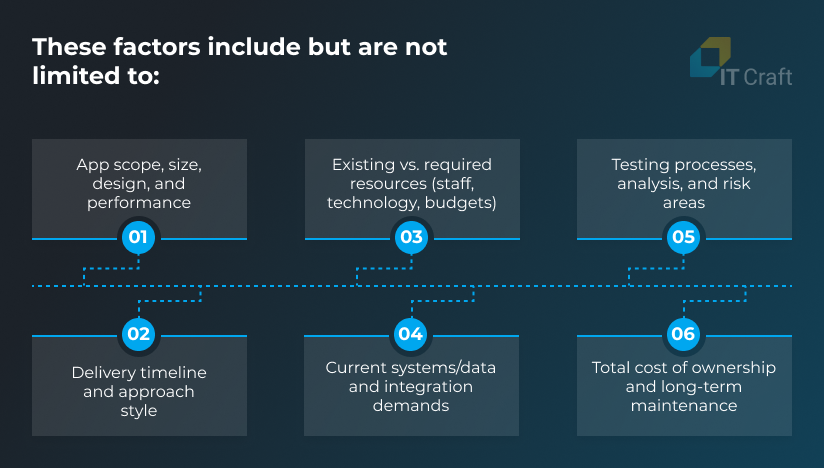
Here is a quick recap of questions for you to figure out custom software development pricing:
- Do you have a clear feature list? Do you need help prioritizing for best ROI?
- Are there any regulations in your industry?
- Do you need to store data?
- How many users are going to use your software? Do you plan to expand?
- Do you want to outsource software development? Or do you need software maintenance, too?
